Art and Design
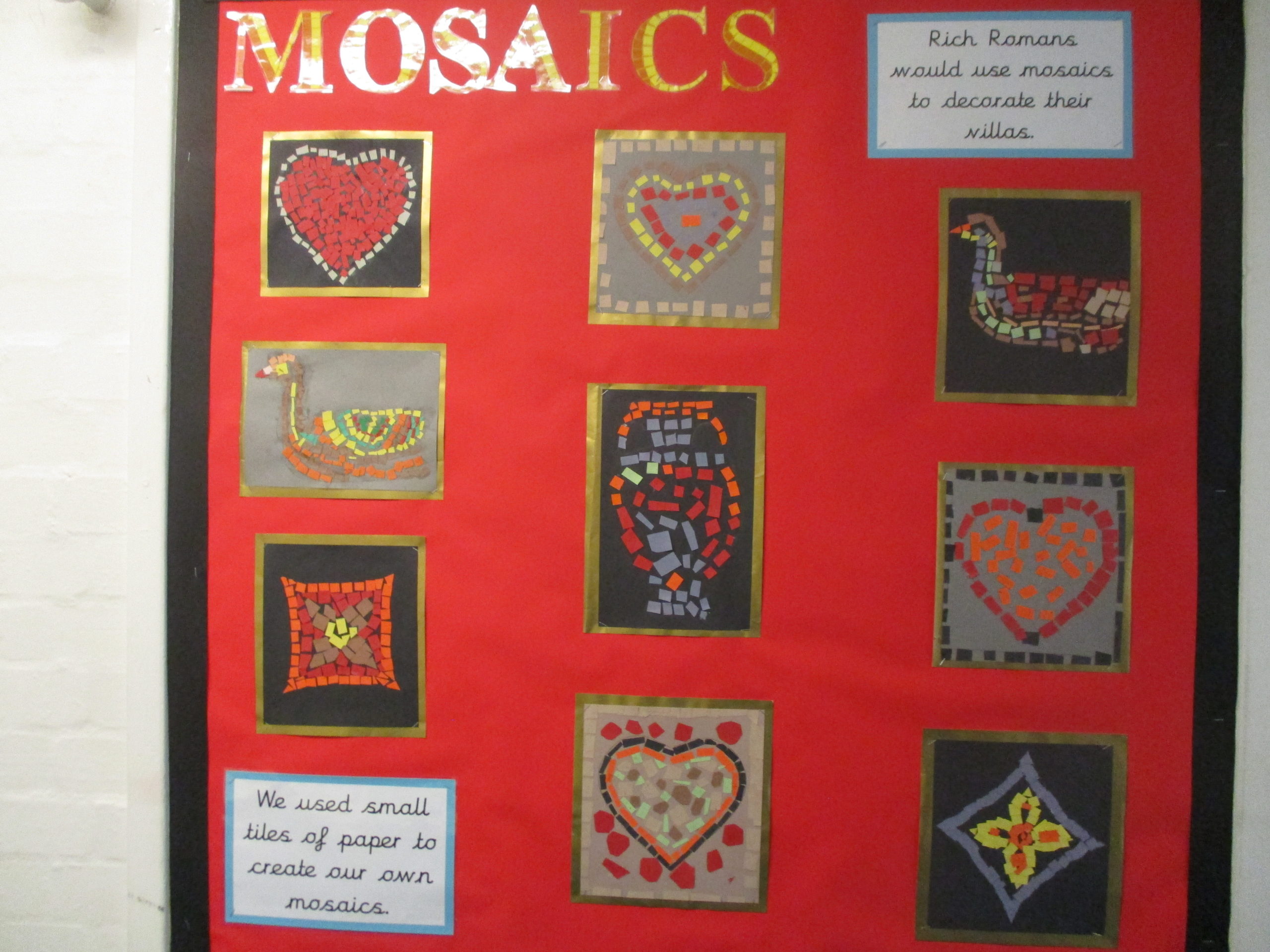
At Keston as artists, children are given every opportunity to become confident and passionate about art through a hands on approach to their learning.
The children develop our understanding of the four main visual elements of art, which are Colour, Line and Tone, Shape and Form and Texture, through a broad and balanced curriculum that ensures progression of all the creative key skills.
The children use imagination, creativity and first-hand experiences to produce our works of art, and They develop knowledge of its language and appreciation of significant artists, craftspeople and designers both in history and modern culture. By doing this, the children understand how these people have impacted the world we live in and learn to develop critical thinking skills by reflecting on their craft and talent.
Art is learned at Keston through termly, in depth units within each year group. These explore and progress skills for the four visual elements, while covering both classic and modern art, artists and craftspeople from all over the world. The units enable children to compare and contrast different types of creative thinking and consolidate, use and apply knowledge, skills and techniques through contexts that reflect the backgrounds, interests and needs of our children, and is responsive to an ever-changing world.
Every child’s art journey is documented in their sketchbook, which travels with them through the school and provides them with the opportunity to follow their creative learning journey. It is used to explore artists and genres, experiment with techniques and skills, to design and create the final product, then finally to reflect on their work, considering what went well and what they would like to improve.
Here are just a few of the units the children enjoy at Keston:
Year 1 – exploring texture through the work of the German artist Kurt Schwitters and weaving a collage using recycled materials inspired by his ideas.
Year 2 – studying the work of Architectural and Cityscape artist Stephen Wiltshire, creating their own cityscapes to reflect the London skyline during the Great Fire of London and using sketching techniques to draw local buildings.
Year 3 – exploring pattern by examining examples of Roman mosaics and the materials and craftsmanship used to make them, in order to make their own mosaics, making choices on colour, pattern and how to use positive and negative space.
Year 4 – practising drawing techniques with a variety of media by studying the work of the Mexican artist Efrain Malo, and producing portraits using their learned skills.
Year 5 – using slab, pinch and coil techniques to form Greek pots, then considering the cultural and historical importance of pattern in Greek art to design their own tessellating patterns to use on them.
Year 6 – combining colour and pattern to create flamboyant floral backgrounds for works of art inspired by significant black people in the style of the American artist Kehinde Wiley.
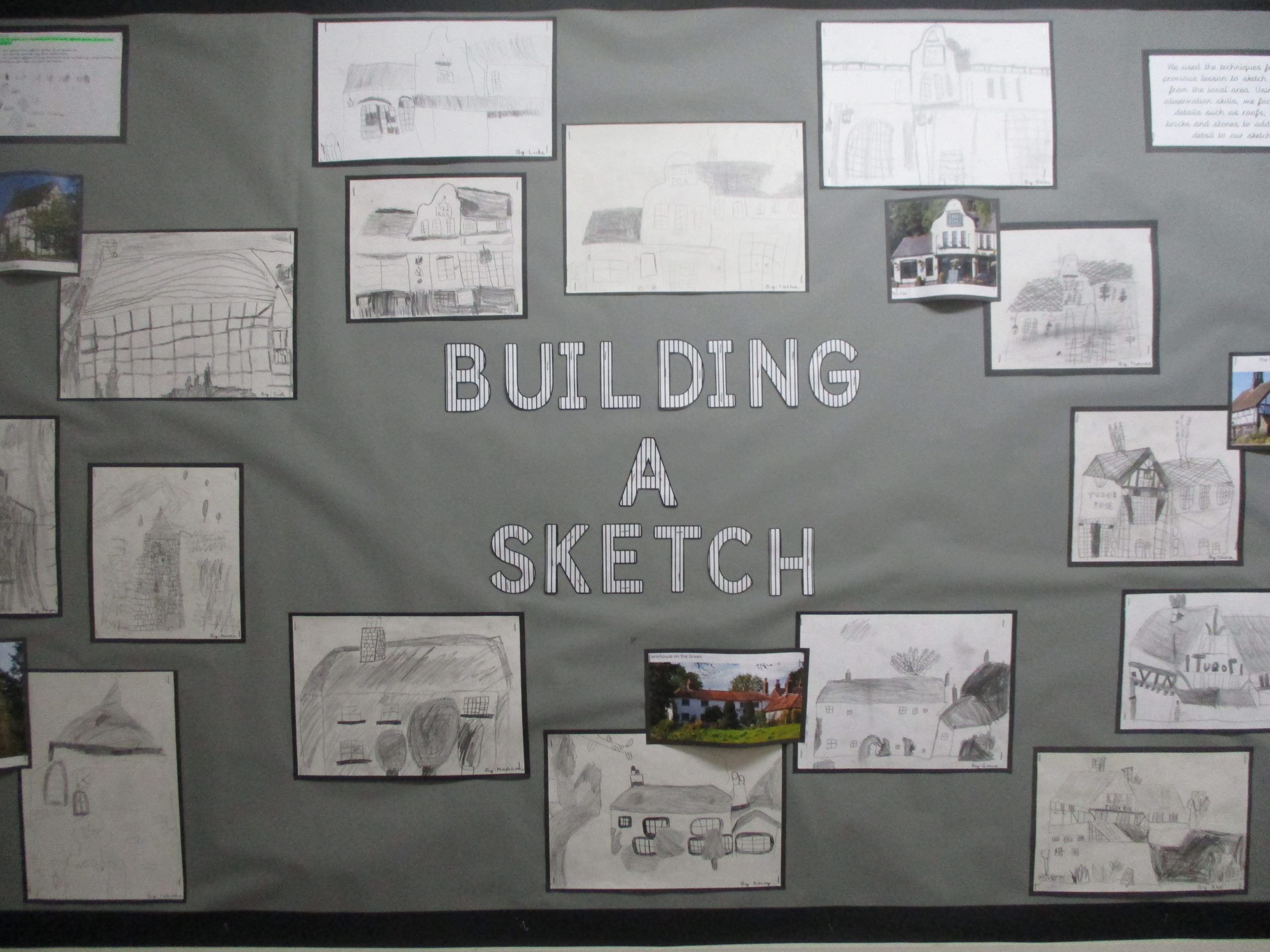
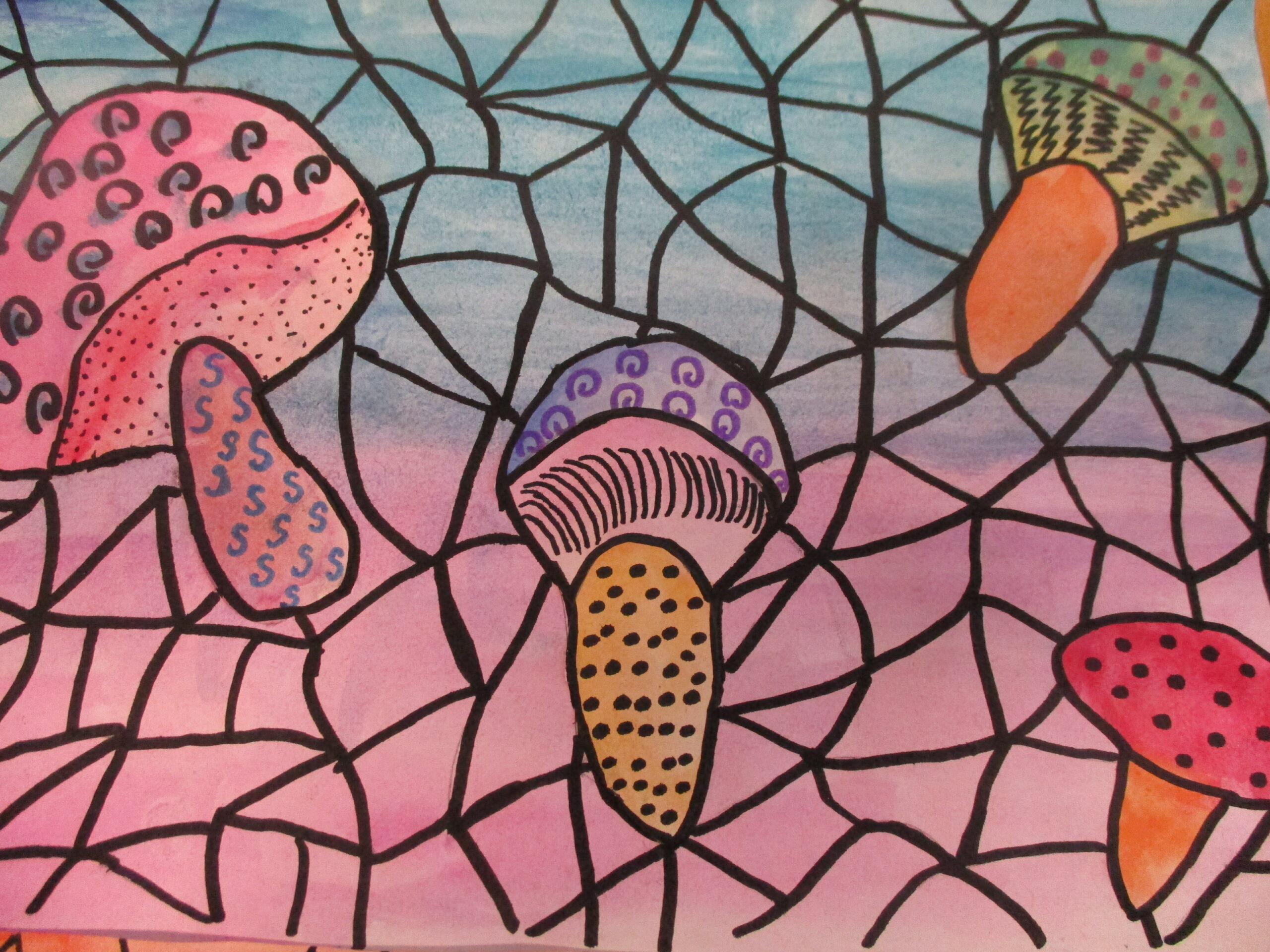
Yayoi Kusama
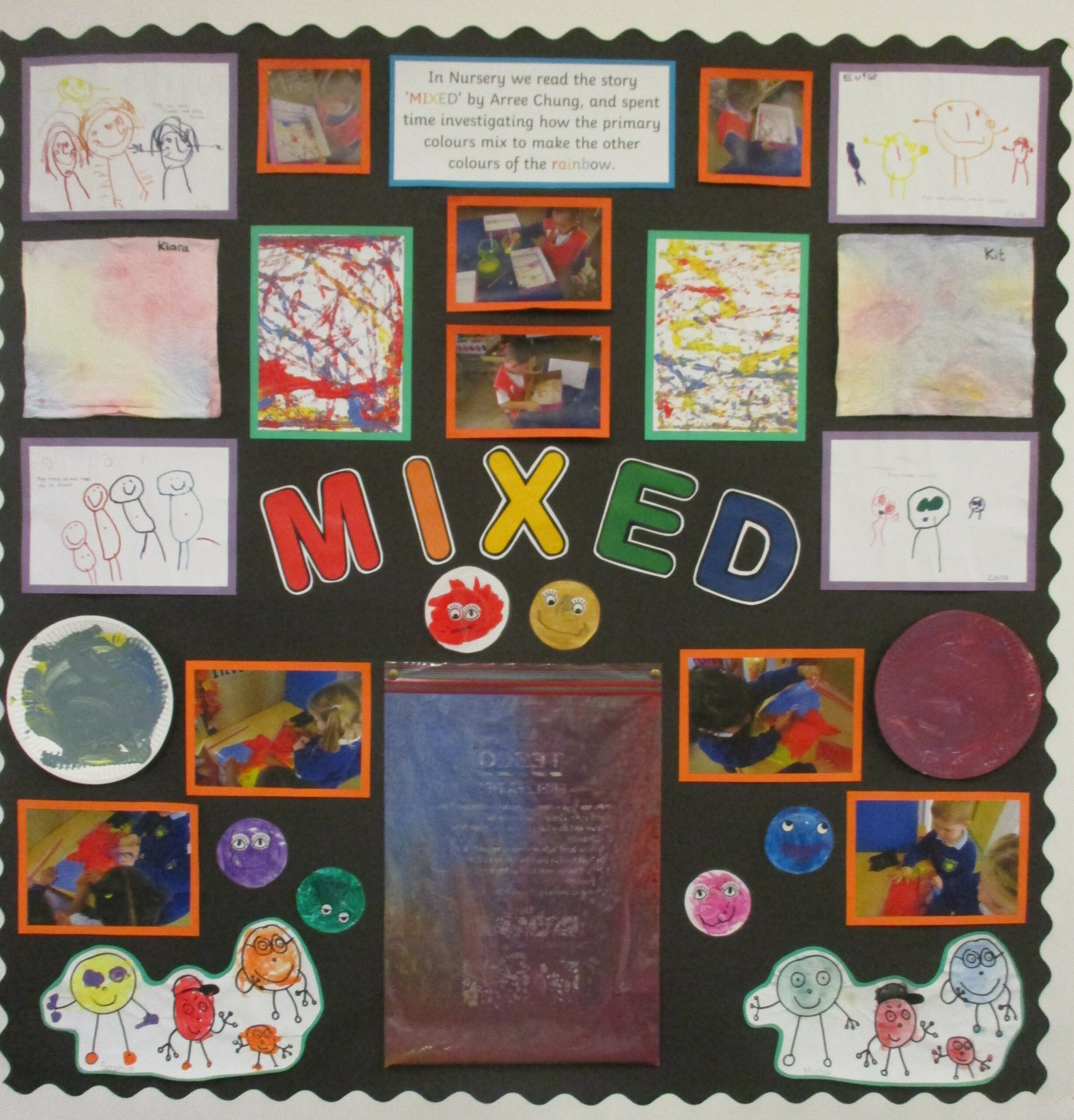
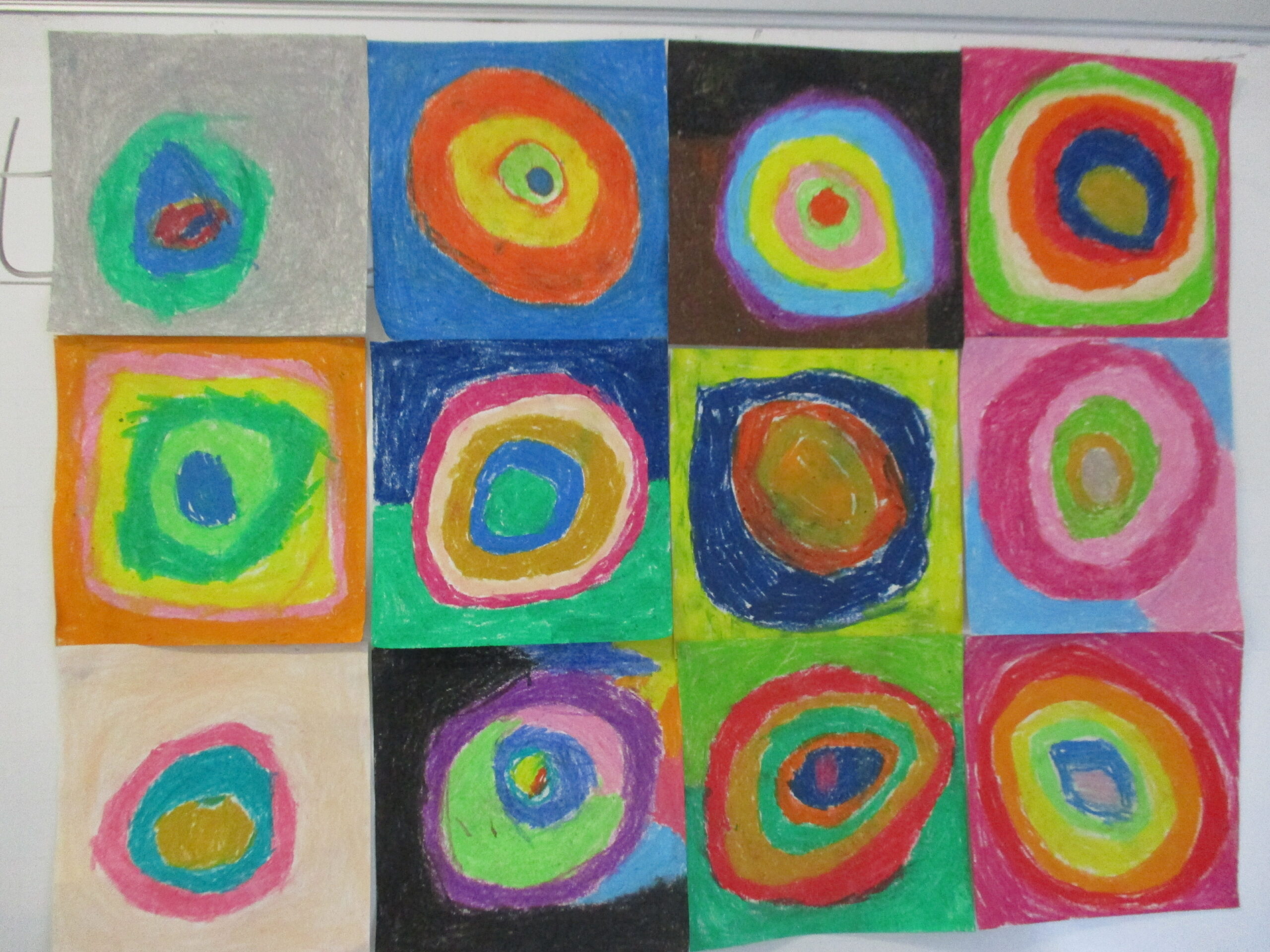
Wassily Kandinsky



